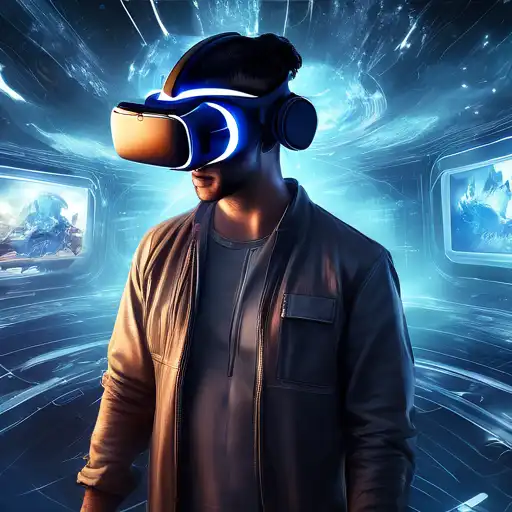Introduction to Virtual Reality
Virtual Reality (VR) has transformed the way we interact with digital content, offering an immersive experience that goes beyond traditional screen-based interactions. This technology has found applications in gaming, education, healthcare, and more, providing users with a unique way to explore virtual worlds.
The Evolution of Virtual Reality
From its early beginnings in the 1960s to the sophisticated systems available today, VR technology has undergone significant evolution. The development of head-mounted displays (HMDs), motion tracking, and haptic feedback has made VR more accessible and realistic than ever before.
Applications of Virtual Reality
VR is not just for entertainment. Its applications span various sectors:
- Education: Virtual classrooms and simulations offer interactive learning experiences.
- Healthcare: From surgical training to therapy, VR is revolutionizing patient care.
- Real Estate: Virtual tours allow potential buyers to explore properties remotely.
- Retail: Virtual try-ons and showrooms enhance the shopping experience.
Benefits of Virtual Reality
VR offers numerous benefits, including:
- Enhanced learning through immersive simulations.
- Improved customer engagement in retail and real estate.
- Remote collaboration opportunities for businesses.
- Therapeutic uses in mental health treatment.
Challenges and Future Directions
Despite its potential, VR faces challenges such as high costs, technical limitations, and health concerns like motion sickness. However, ongoing advancements in technology promise to overcome these hurdles, making VR more accessible and effective.
Conclusion
Virtual Reality is reshaping our digital experiences, offering new ways to learn, work, and play. As technology continues to evolve, the possibilities for VR are limitless, promising a future where virtual and physical realities merge seamlessly.
For more insights into the latest in technology, explore our technology trends section.
